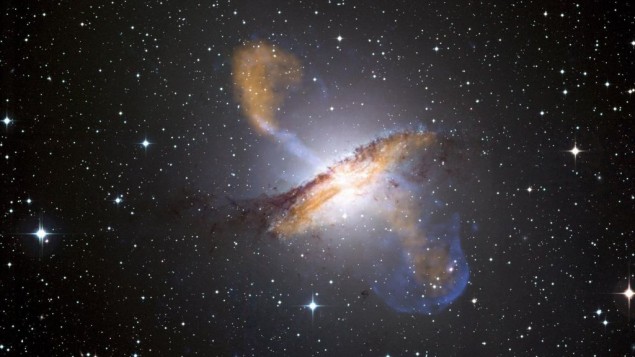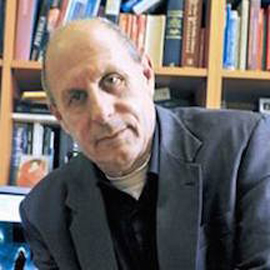…But observations rule out interesting ideas concerning the unification of general relativity and the quantum theory. While these two theories are pillars of physics today, they are contradictory.
By David Shamah, The Times of Israel.
Exactly 100 years ago, Albert Einstein formulated his theory of relativity, which has had a major effect on the way scientists see the universe.
Now, researchers at Hebrew University, the Open University of Israel, Sapienza University of Rome, and University of Montpellier in France, have presented the “grand old man of physics” with a birthday present – a confirmation that his theory is correct, with proof seven billion years in the making.
The scientists said the results of the team’s experiment, published Monday, March 16, 2015 in the journal Nature Physics, could be a step toward resolving one of the 20th century’s greatest dilemmas – the apparent contradictions between relativity theory and the other great pillar of modern physics, quantum mechanics.
In the experiment, researchers followed the journey of photons that were generated by a distant gamma-ray burst, some seven billion light years away from earth. Those photons, data on which were captured by NASA’s Fermi Gamma-ray Space Telescope, are only now arriving in our neighborhood – and they all arrived at the same time, within fractions of a second.
That is exactly what Einstein would have expected; light particles, the relativity theory states, travel at the same absolute rate — 186,282 miles or 299,792 kilometers per second — thus explaining the split-second coincidence of the particles’ arrivals.
Beyond confirming the general theory of relativity, the observation rules out one of the interesting ideas concerning the unification of general relativity and quantum theory. While these two theories are the pillars of physics today, they are contradictory, to an extent: According to Einstein, a vacuum is just that, with nothing present, and light traveling through it will not be slowed down by “energy,” such as quantum particles. However, according to quantum theory, which is partially based on Heisenberg’s uncertainty principle, such particles can appear for short periods of time even in a vacuum, with the potential to affect the speed of photons.
One of the attempts to reconcile the two theories is the idea of “space-time foam.” According to this concept, on a microscopic scale space is not continuous but rather has a foam-like structure, the result of many forms of energy that are present even in a seeming vacuum. The size of these foam elements is so tiny that it is difficult to imagine and is at present impossible to measure directly. However, the theory goes, light particles traveling within this foam will be affected by the foamy structure as they wend their way through the energy forces in their way – and as a result they will travel at slightly different speeds depending on their energy.
If this foam indeed existed, it would be expected that our photons would have arrived at the Fermi telescope at different times – seven billion years, after all, is an awfully long time, and it’s reasonable to expect that some cosmic phenomenon would have altered their speed, “foaming up” their route and causing them to arrive independently.
That the photons all arrived at the same time indicates that, even if there is such foam, it has a much smaller size than previously expected, the researchers said.
“Space-time foam” was an attempt to unify relativity theory and observations of quantum mechanics, explaining phenomena like “quantum tunneling” and the way energy works in the universe. With these findings, which confirm previous observations by scientists using the same data set, physicists have more data on what works, and doesn’t work, in resolving relativity theory and quantum mechanics.
“When we began our analysis, we didn’t expect to obtain such a precise measurement,” said Prof. Tsvi Piran, the Schwartzmann University Chair at the Hebrew University’s Racah Institute of Physics and a leader of the research. “This new limit is at the level expected from quantum gravity theories and can direct us how to combine Quantum Theory and Relativity.”
The research was supported by an ERC advanced grant; the I-CORE Israeli Centers Of Research Excellence; the Israel Space Agency; the joint Israel Science Foundation (ISF) and the National Natural Science Foundation of China (NSFC) program; and the Templeton Foundation.






